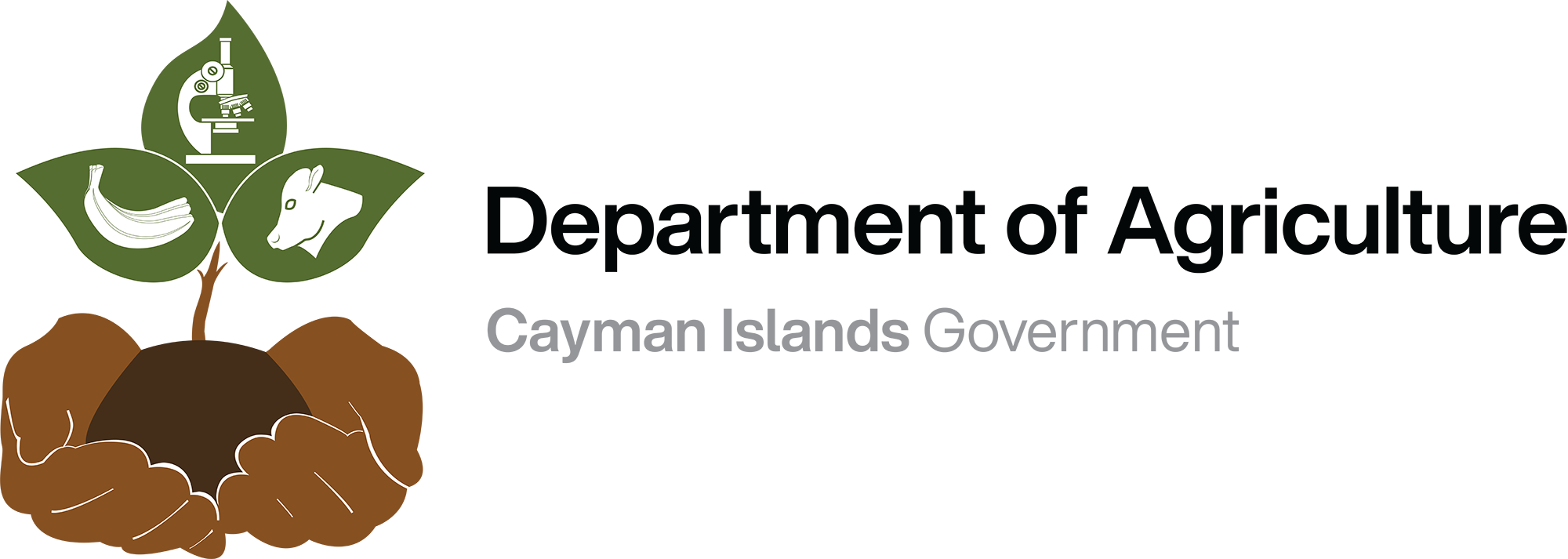Castor bean or castor oil plant A woody herb up to 5m found all over the Cayman Islands, the castor bean, or castor oil plant, has distinctive leaves, a spiny fruit, and stems that may be red. All parts should be considered poisonous. Signs of ingestion include watery or bloody diarrhea, profuse sweating, vomiting, loss of appetite, and convulsions.
Perennial shrub with serrated leaves and yellow, orange, and pink (sometimes purple) flowers. Animals that ingest this plant may have watery or bloody diarrhea, white gums, and be gasping for air. Some may also develop skin lesions.
Wild Allamanda also called Yellow Nightshade. This vine is not as toxic as ‘deadly’ nightshade (not found in Cayman) but can cause excess salivation, dilated pupils, labored breathing, and severe colic in cattle and horses, stress should be avoided. Symptoms are less severe in goats and sheep.
The Manchineel Tree is one of the most poisonous plants in the world (except to iguanas!) found near the beach don’t eat these greenish-yellow apples all parts are toxic even the water dripping from its leaves! If eaten, irritation of the mouth and swelling of the throat can result in animals refusing to eat or drink. This can cause animals to be unable to swallow or block their airway making them unable to breathe. Can transfer to owners from animals that have walked past its leaves so make sure to wash your animals frequently.
Oleander is an evergreen shrub with narrow leaves up to 30 cm. red, yellow, or pink flowers cluster at the tips of branches. Ingesting fresh or dry leaves or stems may cause vomiting, diarrhea, frequent urination, weakness, and death.
Johnson Grass Grows in pastures and roadsides, and toxin accumulates in bales. Animals that ingest the bale may have labored breathing, diarrhea, excessive salivation, and muscle tremors. Horses may be more sensitive. Avoid as the sole food source.
Maiden plum is a large bush that grows aggressively in cleared areas and fence lines. Stem and leaf sap produce an itchy, blistering rash that can last for weeks and may leave scars. An animal that has brushed against this plant may have sap on its hide. This can be transferred to you, so wear protective clothing and wash well after handling or petting animals that have been outdoors.
Guidelines for avoiding them
- First, familiarize yourself with the plants listed, and avoid tethering animals near them. If present in your paddock, these plants should be removed.
- Next, watch for signs of poisoning in your animals. These may include excessive salivation, trembling, lack of appetite, vomiting, and diarrhea.
- Finally, if you suspect your animal has been exposed to plant toxins, contact your veterinarian immediately. If possible, take a picture or clip from suspected plants for proper identification.



